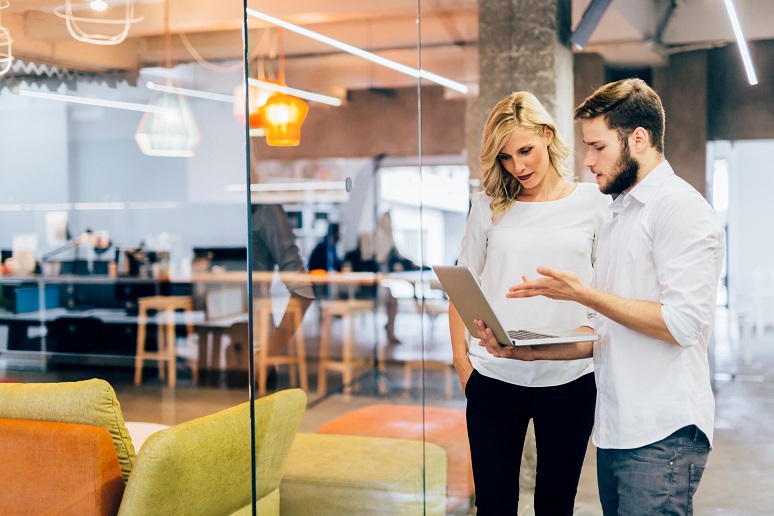After two years of constant workplace changes, figuring out exactly where we stand with regards to the future of work might appear to be a fool's errand. While much is still up in the air, some workplaces today have a better idea of how their office of the future would look like than they did a year ago.
For all the back-and-forth discussions on the larger workplace topics (like “
Will we ever see a widespread return to the office?”), many workplace and office design trends have been gradually picking up steam well before the pandemic, especially around sustainability and flexibility. To that end, global architecture, design and planning firm Gensler in
an article shared three office design trends that are here to stay in 2022:
- Climate action will propel workplace changes. Low-carbon building materials and design choices will guide business decisions and bring long-term benefits.
- Flexible design and office density will be crucial for returning to the office. Workplaces will need to balance employee health and safety concerns with their return-to-office plans, potentially rethinking office density and embracing flexible workplace designs.
- Cities will become mixed-use ecosystems, blending aspects of work and life. Similar to flexible workplaces, major urban centers will change, and people will embrace the new “borderless” city, which will have a ripple effect on how they work, live, and play.
For many workplace leaders, these trends might appear as no-brainers. If the pandemic taught us anything is that workplace flexibility – the ability to change working style at the drop of a hat – is a must now. But with the COVID pandemic likely spilling over into a third year, workplace leaders will not only need to continue to factor in physical elements like social distance into their office plan and designs but will also need to address larger workplace issues, such as what to do with underutilized real estate and how to use the workplace to attract top talent during an uncertain job market.
With this in mind, workplace leaders might benefit from rethinking their workplace strategies, focusing more on
how employees work in a given space and adopting a behavior-based approach to office design. In a Forbes article, psychotherapist and author Bryan E. Robinson outlined how a
hub-and-spoke office setup and behavior-based design can help offices balance the competing but equally important needs of physical collaboration and concentration-boosting quiet.
Looking at offices historically, “there were two key trends in office design: the closed-door office setup and later, the open floor plan,” Robinson said. While the closed-door office setup was expensive, it provided employees with a simple way to switch working styles from a fixed location, Robinson explained. For instance, an open door was often seen as an invitation to come in and collaborate, while a closed door meant a person was focusing on important work and not to be bothered. However, in open-office floor plans, employees who need to work independently are often met with distractions from loud coworkers to someone talking to someone on the phone.
The solution to the problem of both these workplace options is shifting to a “behavior-based design,” Robinson argued. In this model, physical offices will have more collaboration areas, phonebooths (or
isolated work pods), quiet work areas, and other spaces to accommodate different work styles, Robinson added. And yes, remote work will still be a crucial element of all this, and workers will generally have more flexibility. “In most cases, employees will not come to the office every day, eliminating the need for one dedicated desk per employee,” Robinson said.
Though not discussed in the Forbes article, this shift towards a behavior-based office design and a hub-and-spoke model might also come with some added environmental benefits, as WorkSpace Connect Publisher Eric Krapf
discussed in an article from earlier this year. If employees aren’t coming into the office every day in the future, then it follows that employees will be commuting less, resulting in less energy being used, Krapf shared. Additionally, if the workplace opts for smaller offices strategically placed near cohorts of employees, it could potentially reduce the overall real estate footprint of a workplace. A smaller real estate footprint means less energy used and fewer resources needed to maintain it.
While it's too early to say with absolute certainty what the future of work will look like in 2022 or beyond, it's never too late to question workplace and office assumptions and start strategizing for the future. The hub-and-spoke model and behavior-based office designs are just a few ways to rethink the workplace.






